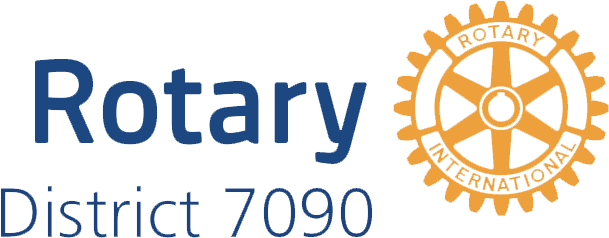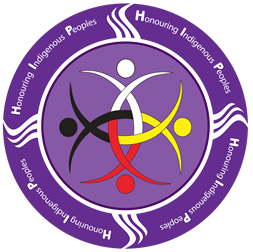Brian began the full meeting with our group by sharing a Traditional Opening, which is always given by an Indigenous person in his or her traditional language. He introduced himself in Cree but the rest of the opening was in English so the club members would understand. In the opening, Brian thanked all the spirits of nature and set us in a positive setting. During his presentation, Brian shared a brief summary of the history of America since the first contact. By reviewing history in this way, many members heard a perspective that is simply not in the history books from when we were in school. Brian reminded us that prior to first contact Turtle Island was inhabited by millions of Indigenous peoples who lived as caretakers of the land. While many terms have been used, the current term of Indigenous peoples includes First Nations, Inuit, and Metis.
Brian shared with the club that the Land Acknowledgement we use is the one currently accepted in Niagara and used at both school boards, Niagara College, Brock University, and all twelve municipalities. It is to be read by an individual who is not Indigenous and forms part of the Truth and Reconciliation work. In our acknowledgment, reference is made to the Anishinaabe and Haudenosaunee who were the predominant indigenous people living in this region. The area was part of the territory covered by the Upper Canada/Land Surrender treaties. Brian reminded us that from an Indigenous perspective, the land does not have an owner. It is shared and cared for by those who benefit from its gifts. The Indigenous people did not surrender the land. They thought as settlers moved onto the land and treaties were signed that they would be sharing the land and the resources it provides. The Acknowledgement references the “Dish with One Spoon agreement”. This refers to the wampum belt that symbolizes the agreement formed between the varied Indigenous nations in the area. This agreement relates to the sharing of hunting territory among two or more nations. In the agreement, the people are all eating out of the single dish, that is, all hunting in the shared territory. One spoon signifies that all Peoples sharing the territory are expected to limit the game they take to leave enough for others and for the continued abundance and viability of the hunting grounds into the future. The use of a spoon was considered peaceful, as no knife was brought to the table as it could bring harm.
Sharing the Land Acknowledgement is an honest and historical way to acknowledge the Indigenous people who have principal kinship to the land that we are now on. This is a shift in thinking from historical times when Indigenous peoples had land taken from them and were sent to Residential schools, the last of which closed in 1996. Acknowledging the original caretakers of the land is an important step in the truth and reconciliation process. While using the Land Acknowledgement is important, Brian reminded us of the importance of learning about the Indigenous peoples through participation in numerous other community events such as the Orange Shirt Day - acknowledging those who were part of the Residential schools. As a firekeeper, Brian is honoured to tend the ceremonial fire at the September Celebration of Nations in St. Catharines a moving and informational event that we hope can occur this fall.
The Rotary Club of Fonthill uses the following Land Acknowledgement. Other clubs would want to ensure they use a Land Acknowledgement accepted by their local Indigenous community.
We begin this gathering by acknowledging the land on which we gather is the traditional territory of the Haudenosaunee and Anishinaabe peoples, many of whom continue to live and work here today. This territory is covered by the Upper Canada Treaties and is within the land protected by the Dish with One Spoon Wampum agreement. Today this gathering place is home to many First Nations, Metis and Inuit people and acknowledging reminds us that our great standard of living is directly related to the resources and friendship of Indigenous people.

